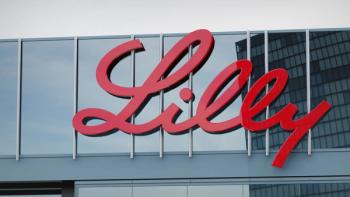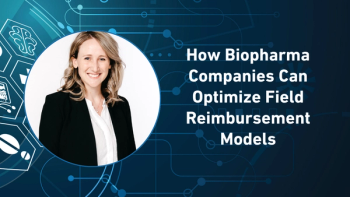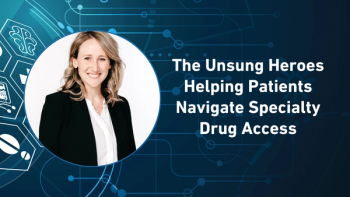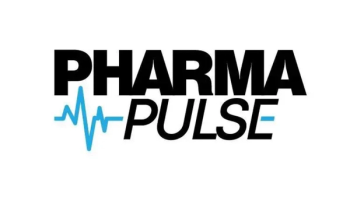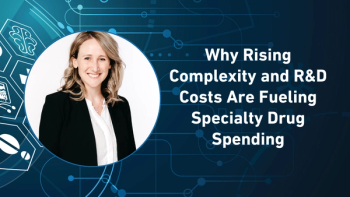Key Takeaways
- Price hikes, not launch prices, drove the GTN bubble. The real driver of the gross-to-net (GTN) bubble was the pharmaceutical industry's ability to raise drug prices year after year—enabled by loopholes in PBM contracts—rather than high launch prices alone.
- PBMs enabled the bubble through rebate structures. PBMs often profited from list price increases through "price increase rebates," which incentivized drugmakers to raise prices within negotiated thresholds, contributing to widespread inflation in drug costs.
- Long-term fallout hits public programs. While price hikes generated short-term profits, they led to severe long-term consequences for drugmakers, including massive rebate obligations under Medicaid, 340B, and Federal Supply Schedule programs—often wiping out margins and creating systemic financial pressures.
Welcome to Part IV of our “Popping the Gross-to-Net (GTN) Bubble” series. In prior installments, we laid the groundwork on GTN mechanics, dissecting the divergence between the medical and pharmacy benefits. We concluded that the medical benefit system is relatively insulated from the GTN bubble, thanks to the average sales price (ASP)-based reimbursement model that began in January 2006. ASP and net cost recovery work as a natural governor against bubble expansion. On the other hand, the pharmacy benefit—where list prices drive rebate structures—has remained fertile ground for distortion, shaped by incentives that favor high list prices and sustained annual price hikes.
At the historical center of the GTN bubble is not the high launch price of a drug, but the ability to raise that price year after year. I should point out that the loopholes I’m about to describe have been closed in different ways over the last 10 years, which I’ll describe in my next article. But what I’ll discuss here are the loopholes to conduct double, triple, and even quadruple-digit price increases that worked as massive inflation factors and, unfortunately, put needed medicines out of the hands of many patients.
These increases occurred with little regard for the long-term downstream effects on Medicaid rebates, 340B pricing, or Federal Supply Schedule (FSS) obligations, which are the main problems our industry contends with today. From the mid-1990s through the mid-2010s, the ability to take price on pharmacy benefit products was relatively straightforward. It is fair to say that the pharmacy benefit managers (PBMs) enabled it, but pharmaceutical manufacturers took advantage of it. It does indeed take two to tango.
For this article, I will explain the mechanics of the loophole, provide three examples that stand out among the normal and customary backdrop, and discuss the ripple effect into Medicaid, 340B, and FSS. While at least one of the names drew significant public and political ire, the tragedy here is how these actions reshaped how regulators and even the PBMs themselves had to reconstruct the rules of the game. The research firm 46brooklyn did a nice summary of the average price increases from 2012 to 2024 (see chart below), and you can clearly see the shift in behavior from the height of the bubble growth in 2019.
The incentive machine: How the PBM 'price increase rebate' drove the bubble
PBM contracts during the GTN bubble era typically included four main rebate types:
- Base rebate
- Performance rebate
- Administrative rebate
- Price increase rebate
At first glance, the “price increase rebate” looks like a deterrent to raise price, but in practice, it’s a bubble escalator. PBMs contractually allowed pharmaceutical manufacturers to raise list prices within their annual contracts to a negotiated ceiling. Based on contracts I and my firm had visibility to, these ranged from 6%-9%. This corresponds to the chart above and most companies managed their increases to this level. If the manufacturer went above this negotiated rate, however, the rest of the increase went to the PBM as their rebate. From there, the PBM would pocket the money for the spread lives they managed and likely pass it along to the pass-through lives. Either way, the PBM liked this because they and their plan sponsor customers benefited from it within that calendar year. Then in the next annual bid cycle, the new rebate negotiation would start off the newly increased price and reset the baseline for future rebate calculations.
If the PBM didn’t want this to occur, they would threaten a national drug code (NDC) block, but before the mid-2010s, the lives the PBMs managed were managed in three different buckets—open, managed, and closed. At the time, NDC blocks only applied to the closed lives, which represented about 15% of all lives. Those patients would lose insurance coverage/access to those products, but the PBM was contractually obligated to keep the product on formulary for the other 85% of lives. Some companies saw this as a winning commercial decision.
Martin Shkreli: The face of outrage
Martin Shkreli, CEO of Turing Pharmaceuticals in 2015, became a national lightning rod for pharmaceutical greed. His acquisition of Daraprim (pyrimethamine), an antiparasitic drug critical for immunocompromised patients, was followed by a 5,000% price hike—from $13.50 to $750 per pill. The loophole I just described was what he used to process that increase.
Despite widespread condemnation, Daraprim remained largely covered under open-enrollment PBM plan designs, rendering the price hike devastatingly effective. The annual treatment cost ballooned from under $5,000 to nearly $275,000. Shkreli’s defense? “Capitalism at work.”
Though he eventually resigned from Turing and was sentenced to seven years in prison, it was unrelated securities fraud charges—not pricing abuses—that led to his conviction. As of Q2 2025, Daraprim remains priced at $750 under its current manufacturer.
Michael Pearson and the Valeant playbook
If Shkreli was an outlier, Michael Pearson made this exploitation corporate strategy. As CEO of Valeant Pharmaceuticals from 2008 to 2016, Pearson abandoned traditional R&D investment in favor of a buy-and-hike model—acquiring overlooked legacy drugs and dramatically increasing their prices.
Under his tenure, Valeant executed shocking increases:
- Isuprel: +525%
- Nitropress: +212%
- Cuprimine: $888 to $26,189 (+2,849%)
- Syprine: More than 30-fold increase
- Glumetza: $10,000 for 90 tablets (+550%)
- Zegerid: +530%
In 2015 alone, Valeant’s average price hike across branded products was 66%. Pearson defended the approach as “investor-driven efficiency.” But the backlash—Congressional hearings, SEC scrutiny, and a collapsing stock price—forced his resignation in 2016. He walked away with over $100 million in stock and severance.
The 'Pharma Bros': Turning exploitation into a business model
While Pearson and Shkreli made headlines from within companies, another duo—often dubbed the real “Pharma Bros,” which I encourage you to research on your own—turned this pricing exploitation into a consulting/advisory business. As former executives at Horizon Pharmaceuticals, they leveraged their industry expertise to advise multiple manufacturers on how to engineer list price growth into their business models.
They helped manufacturers exploit loopholes in PBM rebate structures, promising explosive revenue gains. Their handiwork was visible across multiple firms:
Horizon Pharma:
- Duexis: $140 in 2011 → $2,482 in 2015
- Vimovo: $138 at acquisition (2013) → $2,979 in 2018
Novum Pharma:
- Alcortin A: $189 → $7,968 per tube (2016)
Iroko Pharmaceuticals:
- Indocin suppositories: Tripled to $2,550
Kaleo:
- Evzio (naloxone injector): $575 → $4,100
These strategies weren’t theoretical. According to Senate testimony, they were systematically implemented and marketed. When I testified in 2018 before Senator Rob Portman’s Subcommittee on Pharmaceutical Pricing, I learned that Kaleo had exited the Medicaid program—not due to ethical qualms, but because the resulting rebate penalties erased any profit.
The backlash: Medicaid, 340B, and FSS repercussions
The short-term gain of list price hikes came at a significant long-term cost. In addition to the "closed-lives" patients that lost access to the product, the manufacturer faced devastating downstream GTN consequences for Medicaid, 340B, and the FSS that have become an existential issue for pharmaceutical manufacturers.
Two rebate mechanisms accelerated the pain:
- Unit rebate amount: 23.1% minimum rebate off AMP, increased if any commercial deal is richer, which then sets “best price.”
- CPI-U penalty: If the price rises faster than inflation, manufacturers must rebate the full difference—indefinitely.
Historically, these rules triggered a phenomenon known as “penny pricing”—where the manufacturer ends up rebating nearly 100% of the product’s value to Medicaid. This, in turn, destroys 340B ceiling pricing and can disrupt FSS contract benchmarks, especially when AMP drops too low.
In effect, today’s CEOs are paying for yesterday’s price hikes. Medicaid and 340B have become GTN sinkholes, wiping out margins and pressuring financials across the industry.
What’s next
In Part V of this series, we’ll look at how PBMs restructured their contracts in the late 2010s to close many of the loopholes that enabled the GTN bubble. We’ll also explore how recent legislation borrowed Medicaid-style pricing penalties and extended them to Medicare.
The message is clear: The GTN bubble was not just a quirk of the system, it was a function of deliberate design, flawed incentives, and opportunistic execution. And now, the reckoning is well underway.
About the Author
Bill Roth is General Manager and Managing Partner of IntegriChain’s consulting business, which includes Blue Fin Group, a strategy consulting company he started in 2001, and the IntegriChain advisory services business.

